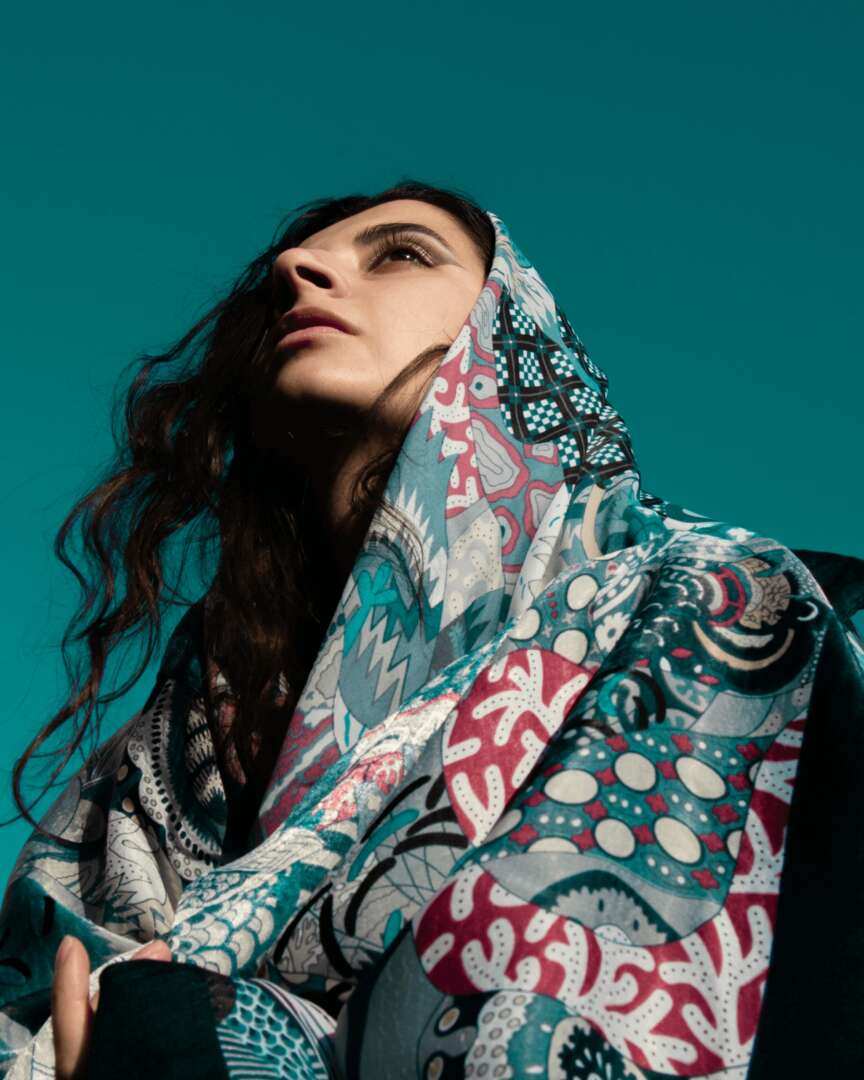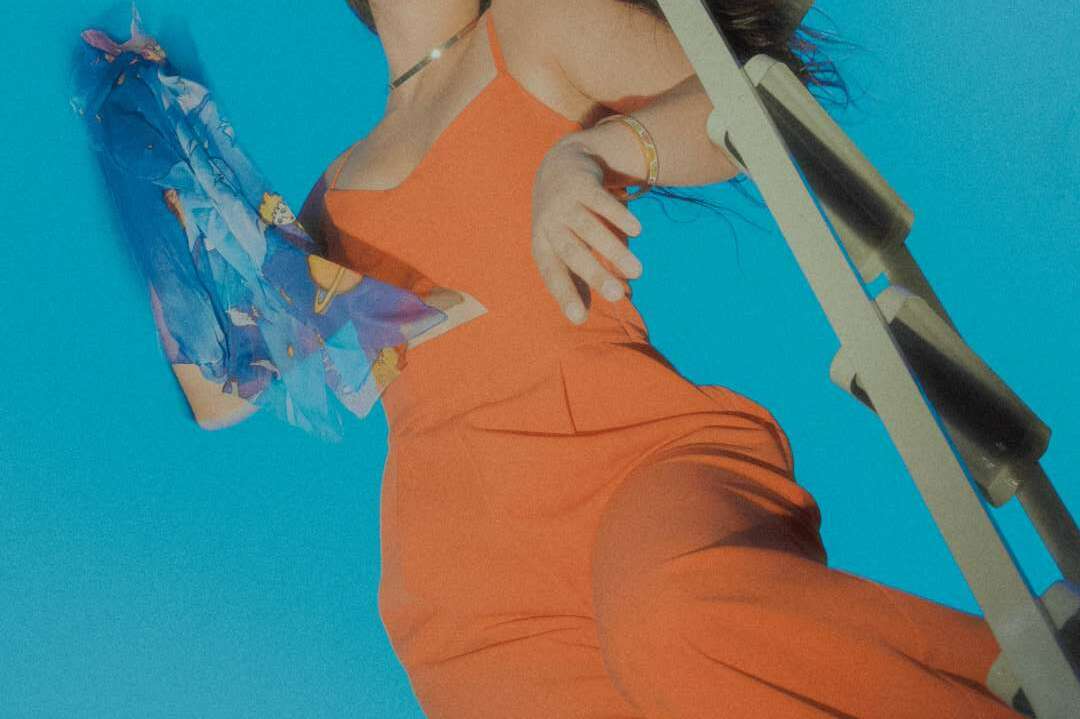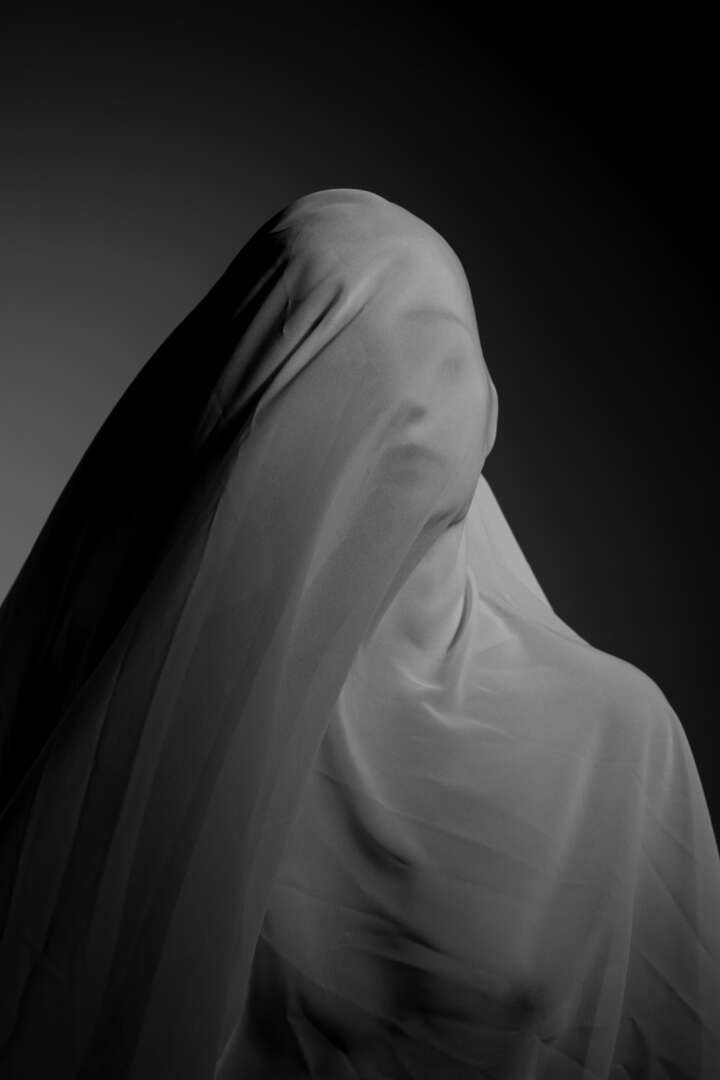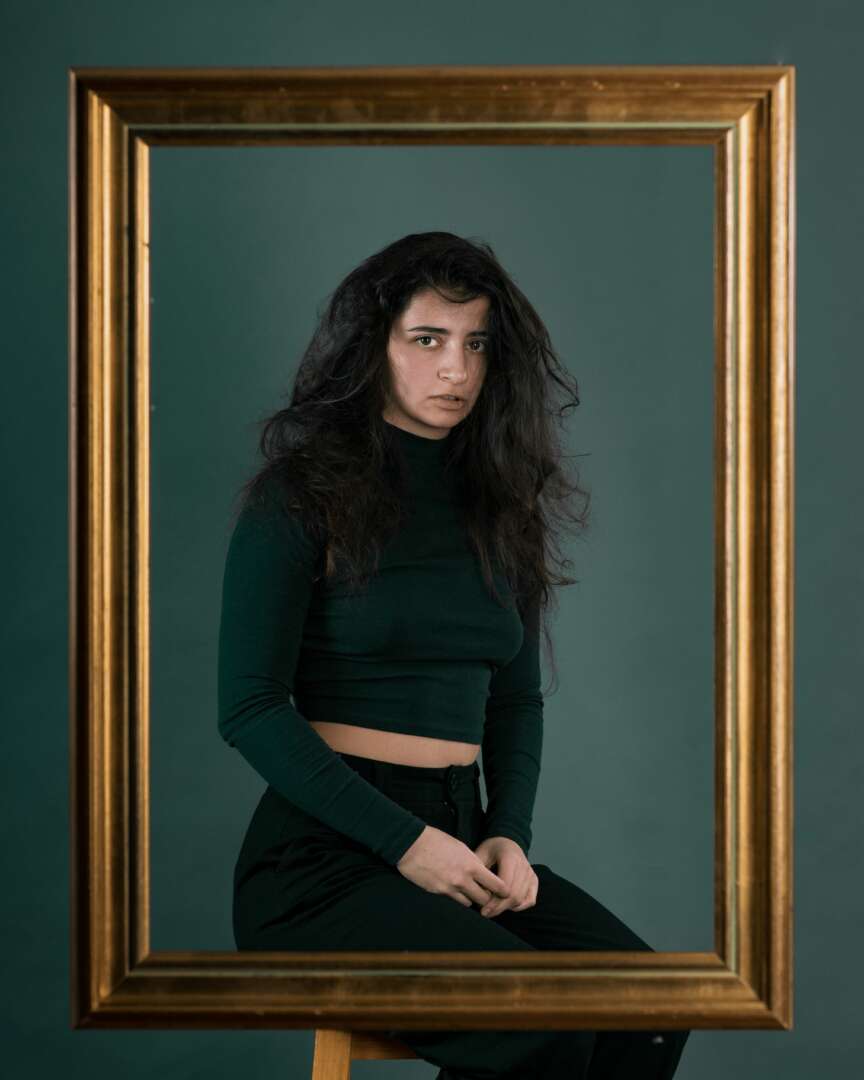We recently connected with Gabriela Aleksova and have shared our conversation below.
Gabriela, thanks for joining us, excited to have you contributing your stories and insights. Learning the craft is often a unique journey from every creative – we’d love to hear about your journey and if knowing what you know now, you would have done anything differently to speed up the learning process.
I was lucky to begin my photography journey by learning from one of the most established photographers in Bulgaria, Nikolay Treyman. I signed up for a workshop of his when I was 13, and that helped me learn the basics of the craft and its history.
I then got a bachelor’s degree in Photography from NYU’s Tisch School of the Arts. The four years I spent there were probably the peak of my artistic development. This is where I learned to consider the wider context of the art world – and the world in general – in my creative work.
After I graduated, I worked at a photo studio in Queens, which allowed me to learn from other young photographers and gave me many collaboration opportunities. After that, every photoshoot I’ve ever done has taught me something. Experience is the best teacher.
To speed up the learning process, I would have been less afraid of reaching out to people for collaborative work. I spent a long time thinking that I wasn’t experienced enough to work with others, or that I needed to become a better photographer before I could get paid for photoshoots, but now I realize that was my self-sabotage talking. It’s never too early to put yourself out there!
I think the most important skills photographers should have (aside from the obvious artistic and technical ones) are preparation and communication skills.
You have to clearly understand your client’s needs in advance. Prepare mood boards, clear up any questions the client might have, and scout locations ahead of time. On the day of the shoot, get to the location early, set up your equipment and do test shots. Anticipate your client’s needs and bring extra water, wipes, makeup remover, anything they might need. Attention to detail makes a great first impression.
During your shoot, make sure your client is comfortable. Play their favorite music, crack jokes, listen to what they are saying and work with what they are giving you. I find that the photos always turn out better when model and photographer work together.
As for obstacles, I’ve been fortunate enough to have had access to a great education and an inspiring photo community in the beginning of my career, so I can’t complain. I’d say the only obstacle for me has been lack of time. When you are not a full-time artist and you have a second job, it’s harder to find time to experiment and do passion projects.
But that’s the only way to grow, so I try to make as much time as possible.

Gabriela, before we move on to more of these sorts of questions, can you take some time to bring our readers up to speed on you and what you do?
Sure! My name is Gabbie and I’m a photographer specializing in portraiture, fashion and fine art photography.
I’ve been taking photos since I was 13 years old, and I have always loved visual experimentation and finding new ways to capture people’s beauty and incite emotion in the viewer.
I draw a lot of inspiration from my subjects, so if we do a shoot together, the end result is going to be a blend of me and you. This is why I tend to work with fellow artists like dancers, musicians, and actors; but I like to think that I can bring out the artistry in anyone, even if they don’t consider themselves to be creative.
If you like experimental, moody, artistic imagery that makes you go “I wonder how they did that,” then we should shoot together!

In your view, what can society to do to best support artists, creatives and a thriving creative ecosystem?
To start with, I think every government should provide more resources for artists.
I understand that art is often not a priority because things like health, education and economic stability are more essential for the well-being of a country. It’s hard to enjoy art when you can’t afford health insurance or food, or a roof over your head.
But we also shouldn’t forget that art often inspires us to change these things. Art is a form of activism. It can provoke you, make you think, let you see things in a different light. It can also give a voice to the people who were not given the opportunity to speak.
I think the education system should also approach art differently. As a child, I thought art history was so boring. The museums were mostly full of dull paintings without any information or context, and whenever we discussed art history in school, the material was taught in the driest, most boring way.
And then I visited Singapore’s ArtScience museum and everything changed. The exhibits featured different art mediums, including lots of immersive and interactive installations. Each artwork was accompanied by one artist statement for adults, and one artist statement for kids. The latter communicated the same ideas as the first, but in a much more child-accessible and engaging way. There was even a whole floor of the museum dedicated to the kids: it had interactive games, workshops, everything that would make a kid say, “Hey, this art stuff is a lot of fun!”
I’d never seen anything like it. I think educational organizations everywhere should adopt more of these concepts and make sure that children grow up with art and have a basic understanding of it when they are young. This way, they won’t grow up thinking that it’s stupid, useless or irrelevant.

What do you find most rewarding about being a creative?
To me, the most rewarding aspect of art is making it.
The worst thing a creative person can do is not create something because they think it won’t be good enough.
Whether people end up liking it or not – whether YOU end up liking it or not – is besides the point. What’s important is that you thought of an idea, developed it, and turned it into a reality.
Yes, sometimes you won’t like the finished product. Yes, sometimes you’ll love it, but the client, the gallery, or the jury of the competition won’t.
But if you go through this process (think, develop, create) enough times, something will eventually stick. So, I’ve learned to find satisfaction in the creative process itself and let everything else sort itself out.
As far as I’m concerned, the end result is none of my business.
Contact Info:
- Website: https://www.gabrielaaleksova.com
- Instagram: gabbiealeksova




